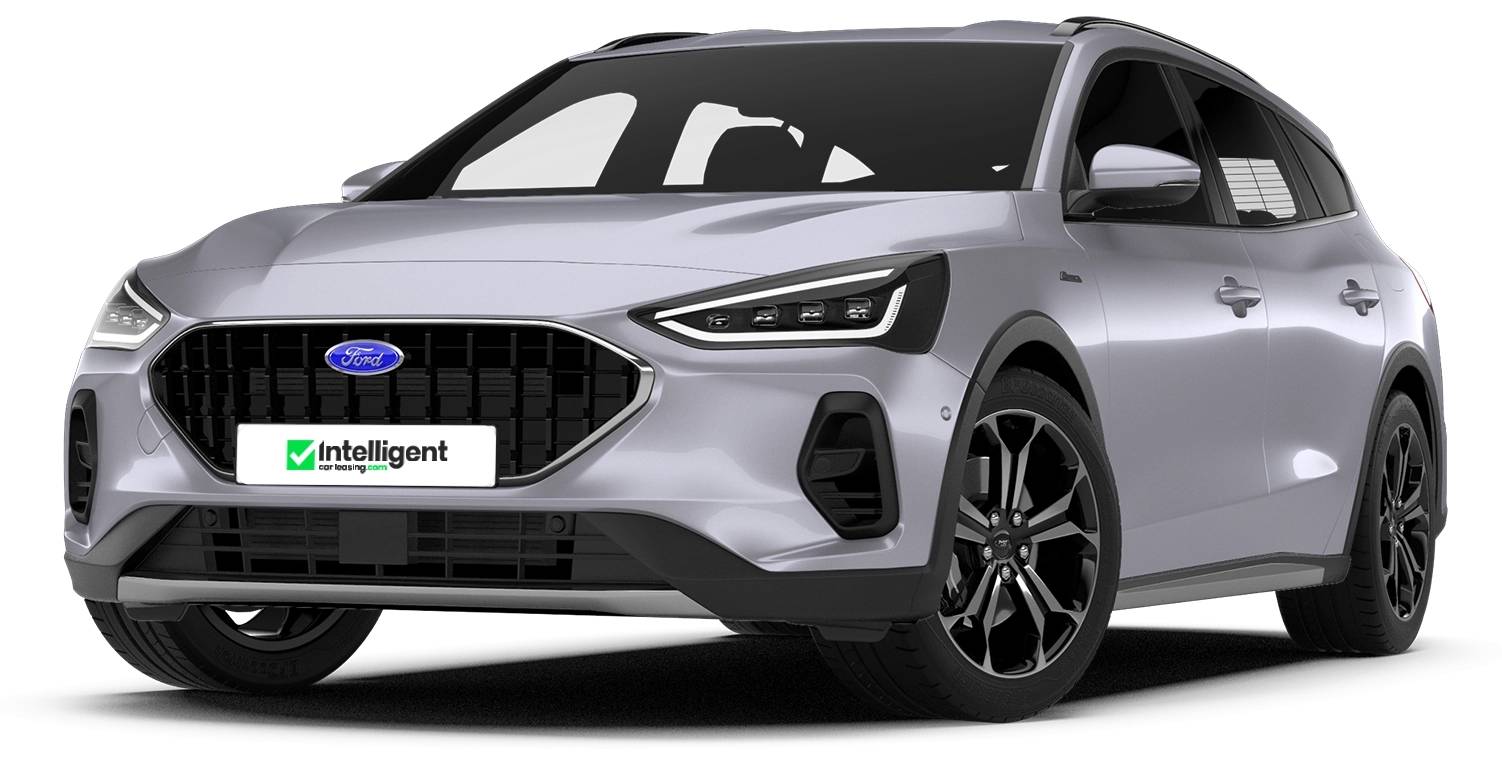
Ford Lease Deals
Browse our brand new Ford finance deals. With a Ford lease deal you receive free UK delivery, road tax and an official Ford manufacturer's warranty.

Ford is undoubtedly the biggest name in motoring, as one of the oldest and most pioneering companies in the industry it has a loyal base of customers and a brand presence that money can't buy.
Ford Finance Deals
Consistently good value cars have put Ford at the top of the table when it comes to affordable mid-market vehicles. For dependable, durable and affordable motoring Ford is the manufacturer of choice for many.
Cheap Ford Finance Deals
With a Ford finance deal you can enjoy driving a brand new Ford at an affordable price. Our personal Ford lease deals are ideal for you if you want a quick and hassle free way to obtaining your next car.
Ford Lease Deals
Our Ford lease deals are all based on ordering your new car from factory order, like you would if you bought a car directly from a Ford dealership.
About Ford Leasing
If you are still unsure about leasing a new Ford car as your next vehicle, then you may prefer to look at some of our manufacturers we currently have great value lease deals on including Audi, Honda, Peugeot or Renault.
Brand New Cars
Your new vehicle is supplied direct through the manufacturer’s franchised dealer network.
Free Mainland UK Delivery
We'll deliver your new lease car anywhere in the UK mainland for free.
Road Tax Included
Your car lease includes road tax.
Manufacturer Warranty
Your new car includes full manufacturer’s warranty and breakdown recovery.













